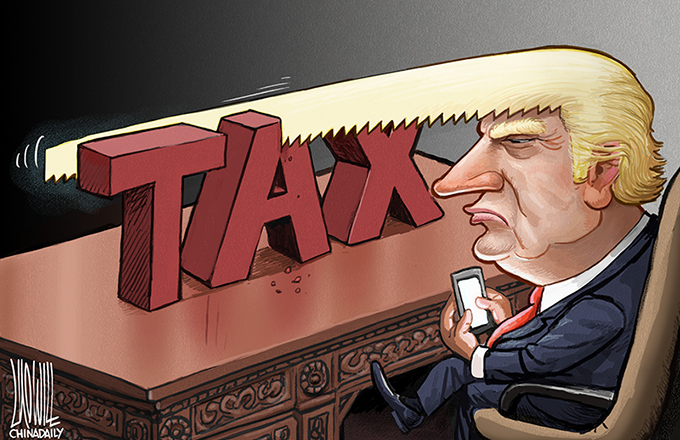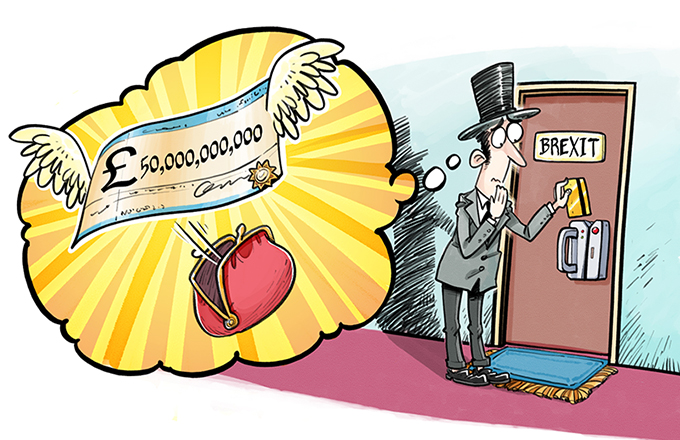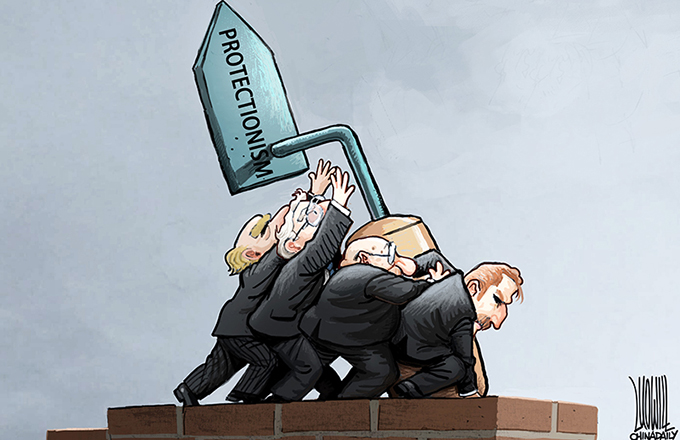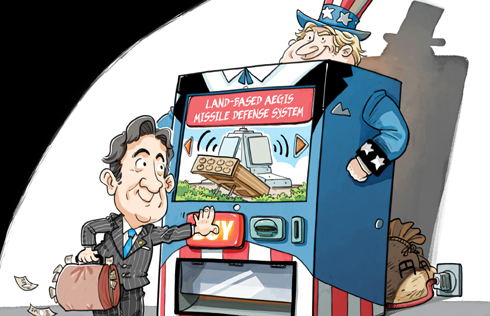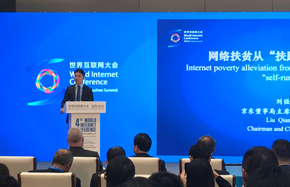We might have been in the eye of the storm
As the US Federal Reserve attempts to exit from its unprecedented policy of massive purchases of long-term assets, many high-flying emerging economies are suddenly finding themselves in a vise. Currency and stock markets in India and Indonesia are plunging, with collateral damage evident in Brazil, South Africa, and Turkey.
The Fed insists that it is blameless the same absurd position that it took in the aftermath of the Great Crisis of 2008 to 2009, when it maintained that its excessive monetary accommodation had nothing to do with the property and credit bubbles that nearly pushed the world into the abyss. It remains steeped in denial: Were it not for the interest-rate suppression that quantitative easing has imposed on developed countries since 2009, the search for yield would not have flooded emerging economies with short-term "hot" money.
But there is plenty of blame to go around, the Fed is hardly alone in embracing unconventional monetary easing. Moreover, the aforementioned emerging economies all have one thing in common large current-account deficits.
A large current-account deficit is the classic symptom of a pre-crisis economy living beyond its means in effect, investing more than it is saving. The only way to sustain economic growth in the face of such an imbalance is to borrow surplus savings from abroad.
That is where quantitative easing came into play. It provided a surplus of yield-seeking capital from investors in developed countries, thereby allowing emerging economies to remain on high-growth trajectories. Research from the International Monetary Fund puts emerging markets' cumulative capital inflows at close to $4 trillion since the onset of quantitative easing in 2009. Enticed by the siren song of a shortcut to rapid economic growth, these inflows lulled emerging-market countries into believing that their imbalances were sustainable, enabling them to avoid the discipline needed to put their economies on more stable and viable paths.
This is an endemic feature of the modern global economy. Rather than owning up to the economic slowdown that current-account deficits signal accepting a little less growth today for more sustainable growth in the future politicians and policymakers opt for risky growth gambits that ultimately backfire.
That has been the case in developing Asia, not just in India and Indonesia today, but also in the 1990s, when sharply widening current-account deficits were a harbinger of the wrenching financial crisis of 1997 to 1998. But it has been equally true of the developed world.


